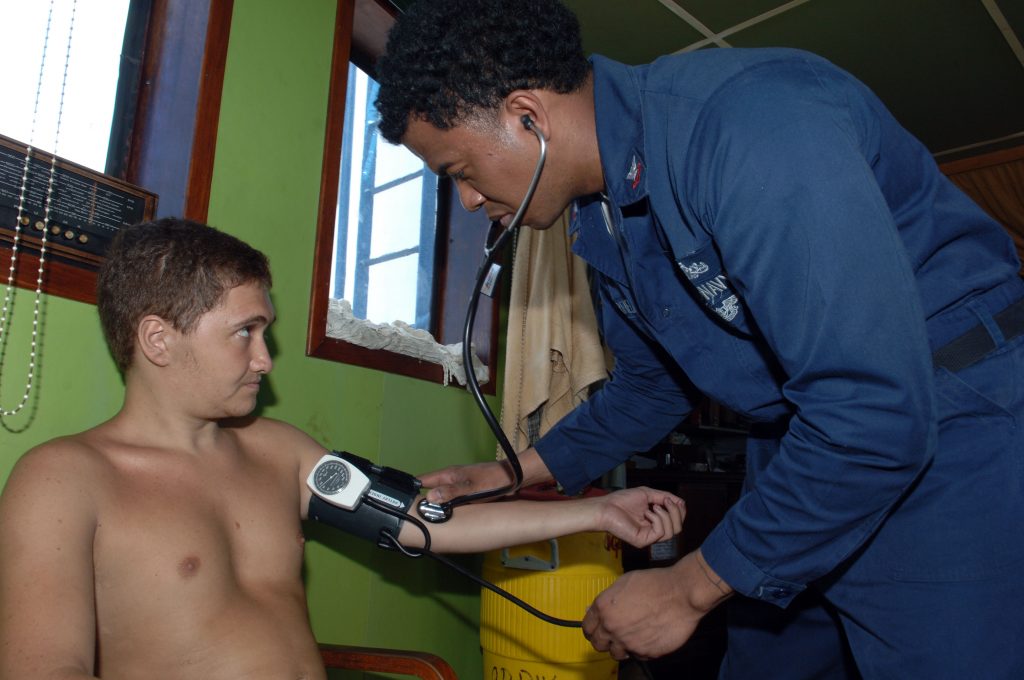Thousands of people all over the world suffer with blood pressure issues. There are several types of blood pressure equipment available for both home and professional use. Before shopping for blood pressure equipment you should keep in mind what diagnostic features you need, the price range and how frequently you will be testing blood pressure. If you are looking to purchase a blood pressure monitor for your home it is important to know what the right type is for you before making a purchase.
Types of Blood Pressure Monitors
There are 2 common types of blood pressure monitors, manual and digital. Both work in similar ways, but the readout with the digital version is easier to read than the manual version.
- Manual Blood Pressure Monitor. Manual blood pressure monitors are usually found in doctor’s offices for professional use and are known as the most traditional monitors. A stethoscope is necessary with the use of a manual blood pressure monitor because the doctor or nurse is looking to hear specific sounds to determine what the blood pressure is.
- Digital Blood Pressure Monitor. Digital blood pressure monitors are the up and coming most commonly used blood pressure equipment, especially in the home. The digital monitor measures heart rate and blood flow on its own, while also inflating and deflating by itself. This makes it easy for people to measure their blood pressure on their own.
How to Choose a Blood Pressure Monitor
Choose an authentic monitor. Be sure the monitor has been validated and approved by the Association for the Advancement of Medical Instrumentation, the British Hypertension Society and the International Protocol for the Validation of Automated BP Measuring Devices. You can find a list of validated monitors on the Dabl Educational Trust website.
Make sure the monitor is suitable for your specific needs. When choosing a blood pressure monitor for older folks, pregnant women or children, be sure the monitor is validated for these conditions.
Be sure the cuff is the right size. Children and adults with smaller or larger than average sized arms could require special sized cuffs. You can find different sized cuffs in some pharmacies and medical supply companies. Measure your upper arm to make sure the cuff is the right size for you.
Understanding Blood Pressure Results
The systolic number, which is the top number, is also the higher of the two numbers. This measures the pressure in the arteries when the heart beats as the muscle contracts.
The Diastolic number, the bottom number, is the lower of the two numbers. This measures the pressure in the arteries between heartbeats when the muscle is resting between beats and refilling with blood.
Depending on age and condition, the average blood pressure readings will vary. Your healthcare provider will let you know what range your readings should be in. Normally average blood pressure readings are less than 120/80 mm Hg for an adult age 20 or over. If you do get a systolic reading of 180 mm Hg or higher or a diastolic reading of 110 mm Hg or higher, it’s a good idea to take your blood pressure again. If the numbers are still high after the second reading it is important to seek emergency medical treatment.
Author bio:
This article is contributed by John Anderson, who describes here different types of equipments that’s used to monitor blood pressure. Different medical equipment stores like Mountainside medical supplies deliver various types of machines that helps to monitor Blood pressure and the writer just write-down the details of this
